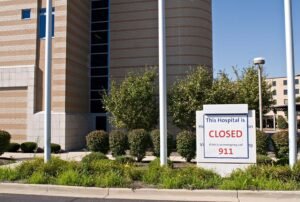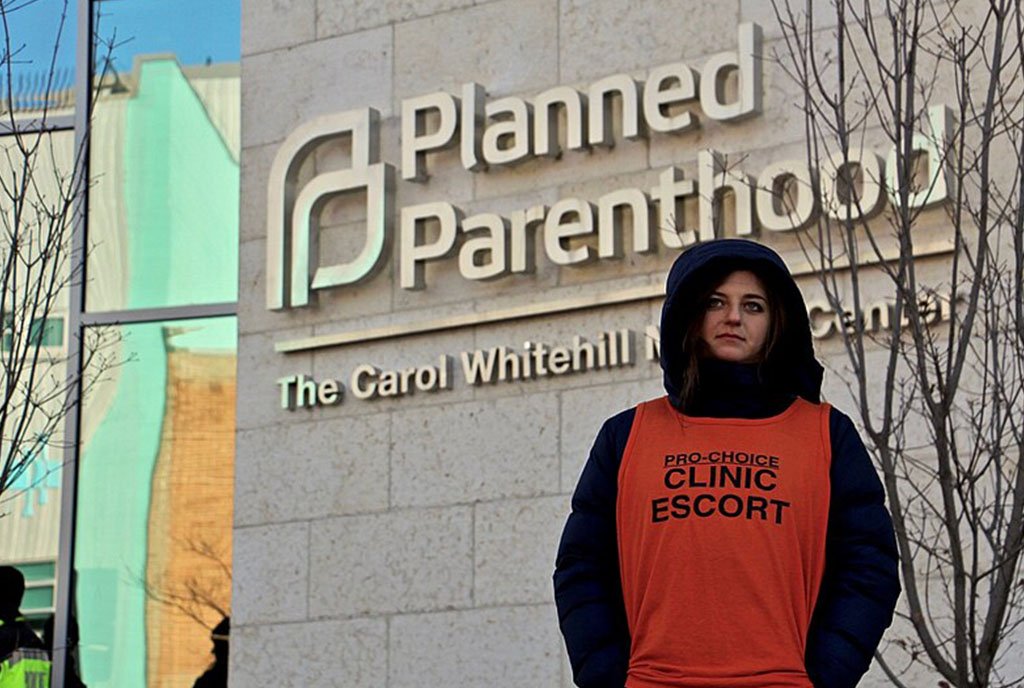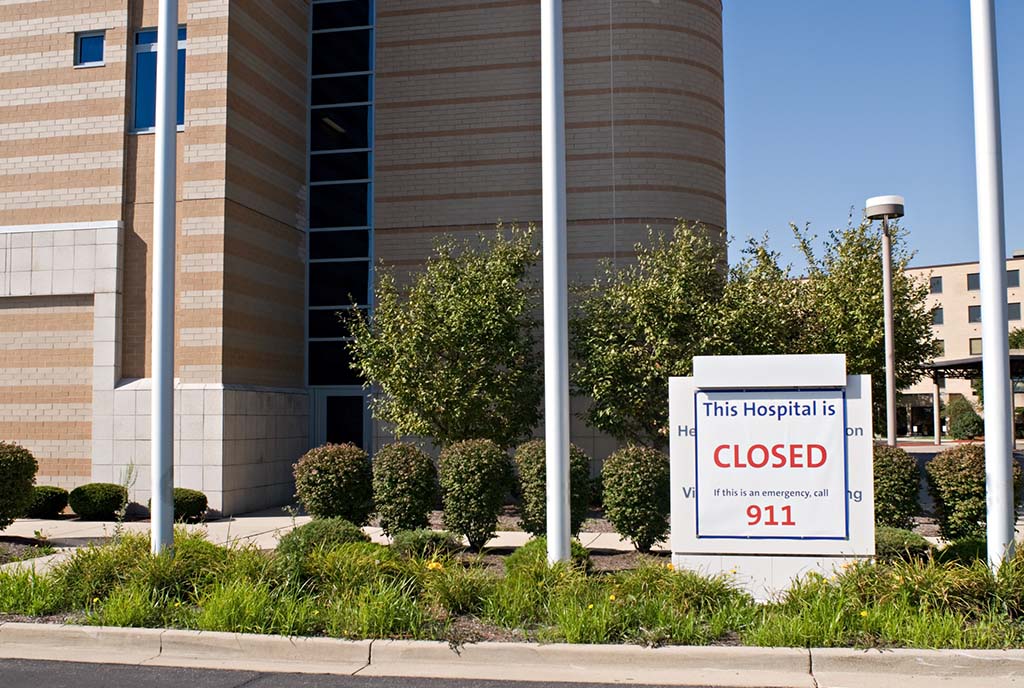
December 10, 2020; New York Times
As the pandemic rages on, state governments are using all of the tools in their toolbox to salvage what is left of small businesses. States are taking various approaches to fill the void that is left in the wake of damning congressional inaction, despite the nation facing an impending housing and eviction crisis, a hunger crisis that is causing Americans to steal more basic goods, and the pending year-end expiration of an estimated 12 million Americans’ unemployment insurance benefits, to say nothing of mounting deaths to due to COVID-19.
And among the many interconnected crises, it is also clear that without significant federal action to save small businesses, many will fail, leaving enormous numbers of destroyed livelihoods in their wake, as well as long-term economy-wide costs.
At present, on Capitol Hill, a proposed $908 billion relief package would include $300 billion in federal support for small businesses. Yet, as the New York Times details, even if a deal is agreed upon, funds will take weeks or more to be distributed, which could prove disastrous for small businesses already at risk of permanent closure.
State and local governments are limited in their ability to respond, as they are generally not allowed to run budget deficits and face limits on their ability to borrow. By contrast, not only can the federal government run deficits in the trillions of dollars, but it also has the ability to print money. Indeed, since the pandemic began, the Federal Reserve has engaged in approximately $3 trillion of quantitative easing (money expansion).
What can resource-constrained state and local government do? For 2020, CARES Act revenues from the federal government have given them some ability to respond. Even so, as NPQ previously reported, as of June states faced a $370 billion shortfall, which is a 17 percent reduction in their normal revenue of $2.1 trillion.
The Times reports that states are using various strategies to try and slow the damage to small business, including loans, grants, and tax rebates—often funded by tapping into CARES Act allocations. For example, California created a “rebuilding” fund that provides loan guarantees to nonprofit and for-profit providers in order to encourage them to make low-interest loans to small businesses. The program is targeted towards smaller businesses that were left out of many federal relief programs. It is also aimed at supporting businesses in low-income and minority neighborhoods.
Sign up for our free newsletters
Subscribe to NPQ's newsletters to have our top stories delivered directly to your inbox.
By signing up, you agree to our privacy policy and terms of use, and to receive messages from NPQ and our partners.
In Colorado, where Democrats control both houses of the legislature and the governorship, legislators called a special session to pass multiple relief measures, including $57 million to support small businesses. It is worth pausing to consider that money for state programs is in the millions, while federal programs are in the billions.
Colorado is targeting its support to reach businesses who too often were excluded from federal relief. Colorado’s support is limited to businesses generating less than $2.5 million in annual revenue. The grants will range from $3,500 to $7,000 which again demonstrates the limited capacity of state governments to meet the needs of small businesses. Many businesses would scoff at this amount because their revenues have fallen far more than that.
Not only is the state government in Colorado attempting to pick up the pieces left in the wake of federal inaction, nonprofits are devising creative strategies to support small businesses. In order to try and fill a small gap, the Center for Community Wealth Building in Denver launched an initiative that raised funds to purchase meals from local caterers of color. The meals were served free of charge to frontline workers at senior living facilities. This action provided valuable, albeit limited income for caterers, who face major challenges, while simultaneously demonstrating appreciation for low-wage workers who are risking exposure to COVID-19 to provide essential services.
The federal Paycheck Protection Program (PPP), established by the CARES Act, provided some support for small business, but had many deficiencies. Truthout reports that Bank of America distributed just eight percent of its loans to the lowest income communities while institutions like the BOM Bank in Louisiana, a community development financial institution (CDFI), distributed upwards of 90 percent of its loans to the lowest income communities. A distribution strategy that favored CDFIs surely would have been able to reach more business owners of color, but clearly most of the federal PPP loans went through larger banks; a federal study found that over 55 percent of PPP dollars were disbursed by banks with over $10 billion in assets.
The pandemic, coupled with the economic downturn and distrust of government and media institutions, has created a perfect storm for the US. A decades-long commitment to the ideology of limited government has left us extremely vulnerable to this type of disaster. The US is facing a pivotal moment to reexamine our beliefs about what role our federal government should play in supporting citizens’ basic needs.
Neoliberalism, the dominant ideology of our times, has been embraced by both Democrats and Republicans and has been used to justify reduced spending for social programs, lower taxes (at least for the wealthy), and privatization. Until US society actually confronts larger questions about what role the federal government has in a democratic society, the COVID-based economic downturn is likely continue to widen racial and economic divides.—Benjamin Martinez











